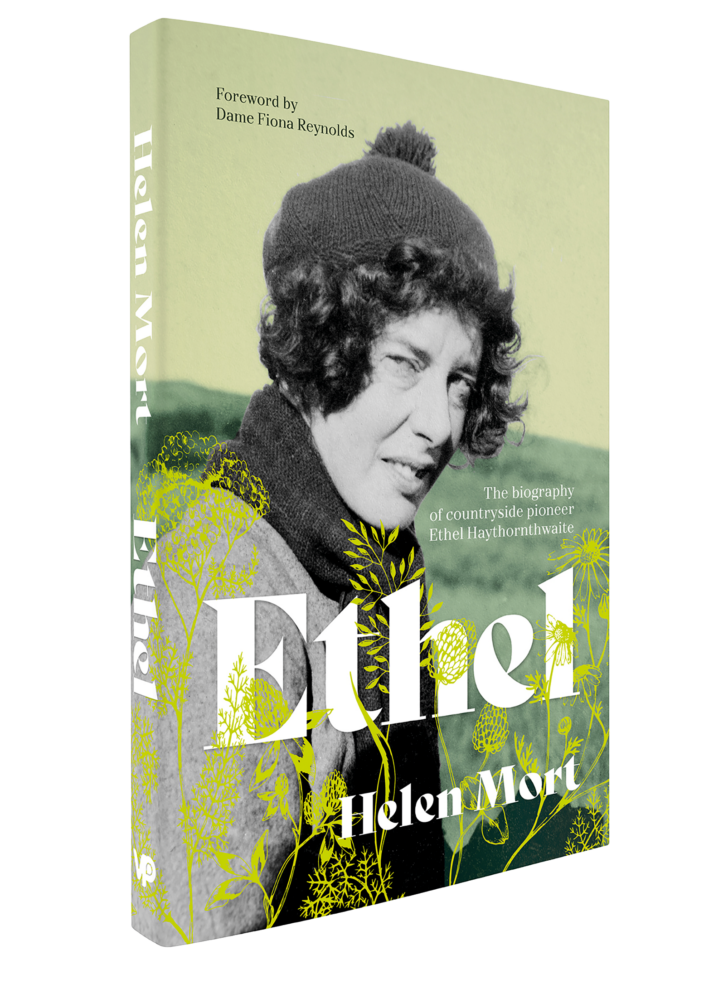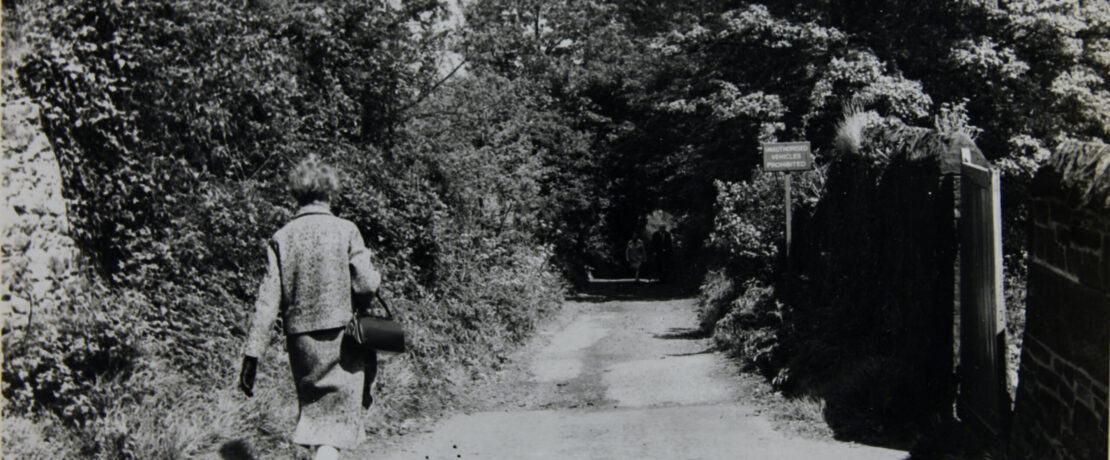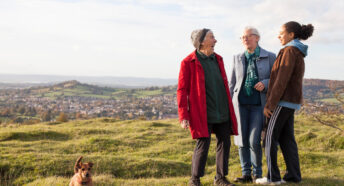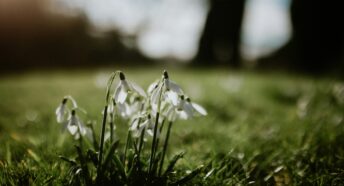Seven facts about Ethel Haythornthwaite, one of CPRE’s earliest campaigners
We pay tribute to early CPRE campaigner Ethel Haythornthwaite MBE (1894-1986), with the help of her biographer, Helen Mort.
1. Ethel knew the therapeutic power of nature first-hand
Sheffield-born Ethel married her first husband, Henry Burrows Gallimore, in 1916. Sadly, he was killed in World War I the following year, when Ethel was just 23. ‘She dealt with her grief by going walking in the Peak District, and she credited that with saving her and keeping her sane,’ says Helen. ‘Her drive to protect the countryside came out of her own experiences of finding being in nature deeply cathartic.’
2. Her campaigning helped shape today’s countryside
In 1924, Ethel founded the local campaign group that would become CPRE Peak District and South Yorkshire, to protect the Peaks from development. She served as its honorary secretary until 1980, and as CPRE’s national director during World War II. In 1945, she was appointed to the government’s National Parks committee, helping make the case for the National Parks and Access to the Countryside Act 1949. This paved the way for the creation of National Parks, starting with her beloved Peak District (pictured above). ‘Ethel achieved so much but, even in Sheffield, few have heard of her,’ says Helen. ‘We need more people to know who she was, and why she mattered.’

3. She preserved huge chunks of the Peaks
Ethel was instrumental in protecting many green spaces around Sheffield. In 1928, she led the successful public appeal to stop the Longshaw Estate being sold off to developers. In 1932, she helped acquire Blacka Moor, which in 1938 became part of Sheffield’s Green Belt – the country’s first. Her tireless campaigning helped make Green Belt part of national planning policy.
4. She was nothing if not persistent
How did Ethel achieve so much, in an era when relatively few women were active in public life? ‘Her financial means and her connections helped,’ says Helen. ‘Her father was a wealthy Sheffield industrialist, and there’s something fitting about her using the proceeds from that to ensure that the city’s industrial workers had access to green space. But above all, Ethel was a persistent, quietly determined personality, with a supreme gift for language and persuasion. She cared passionately about the countryside – and she made other people care too.’
5. There were many sides to Ethel
Reading Ethel’s letters, Helen was surprised by her sense of humour, and her occasional bluntness: ‘She met the young man who became her second husband, Gerald Haythornthwaite, when he interviewed for a role at CPRE – and although he got the job, she was rather scathing about the design work he submitted!’ Nevertheless, the couple went on to marry, and spent their lives campaigning for the countryside together.
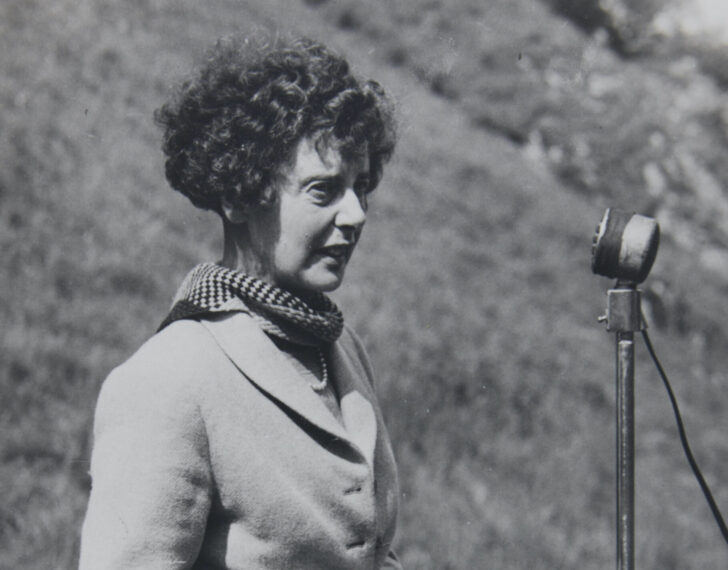
6. She had an eye on the future
‘Ethel was always thinking about the biggest challenges of the day, while looking ahead,’ says Helen. ‘If she was around today, I think she’d be active in the fight against climate change; not necessarily protesting but lobbying, letter-writing and getting the ear of those who might be able to enact change.’
7. We need more Ethels
As Helen notes, Ethel was great at uniting people from different backgrounds around a common issue, and believed in a countryside for the many. Helen hopes her new biography will inspire readers to ‘be more Ethel!’. ‘It’s an invitation to live in the spirit that she did, and care about things enough to do something about them. And, of course, enjoy the countryside, in whatever way you can.’
The biography of a countryside pioneer
As part of CPRE Peak District and South Yorkshire’s centenary celebrations this year, the group commissioned award-winning Sheffield-based author Helen Mort to write Ethel: The biography of countryside pioneer Ethel Haythornthwaite (Vertebrate Publishing), exploring the life and legacy of a radical who was ahead of her time. Due for release on 7 May, signed copies are available to pre-order here priced £20.
